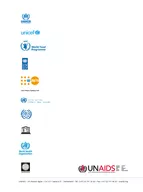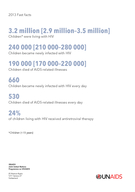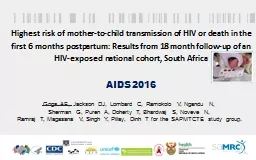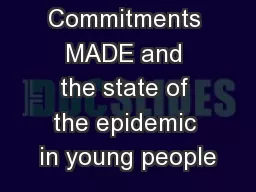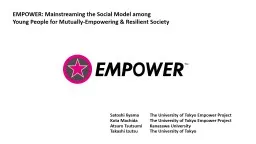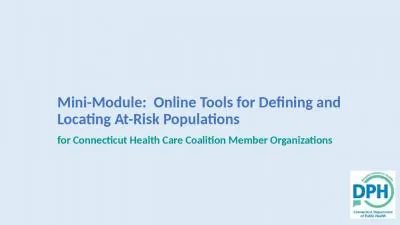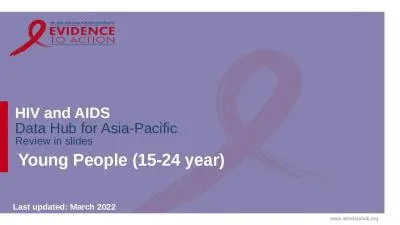PDF-We can empower young people to protect themselves from HIV Joint Action for Resu
Author : danika-pritchard | Published Date : 2014-10-08
41 22 791 36 66 Fax 41 22 791 48 35 unaidsorg Uniting the world against AIDS Cover photo UNAIDS JWainwright UNAIDS JC1830E English original August 2010 57513 Joint
Presentation Embed Code
Download Presentation
Download Presentation The PPT/PDF document "We can empower young people to protect t..." is the property of its rightful owner. Permission is granted to download and print the materials on this website for personal, non-commercial use only, and to display it on your personal computer provided you do not modify the materials and that you retain all copyright notices contained in the materials. By downloading content from our website, you accept the terms of this agreement.
We can empower young people to protect themselves from HIV Joint Action for Resu: Transcript
Download Rules Of Document
"We can empower young people to protect themselves from HIV Joint Action for Resu"The content belongs to its owner. You may download and print it for personal use, without modification, and keep all copyright notices. By downloading, you agree to these terms.
Related Documents

